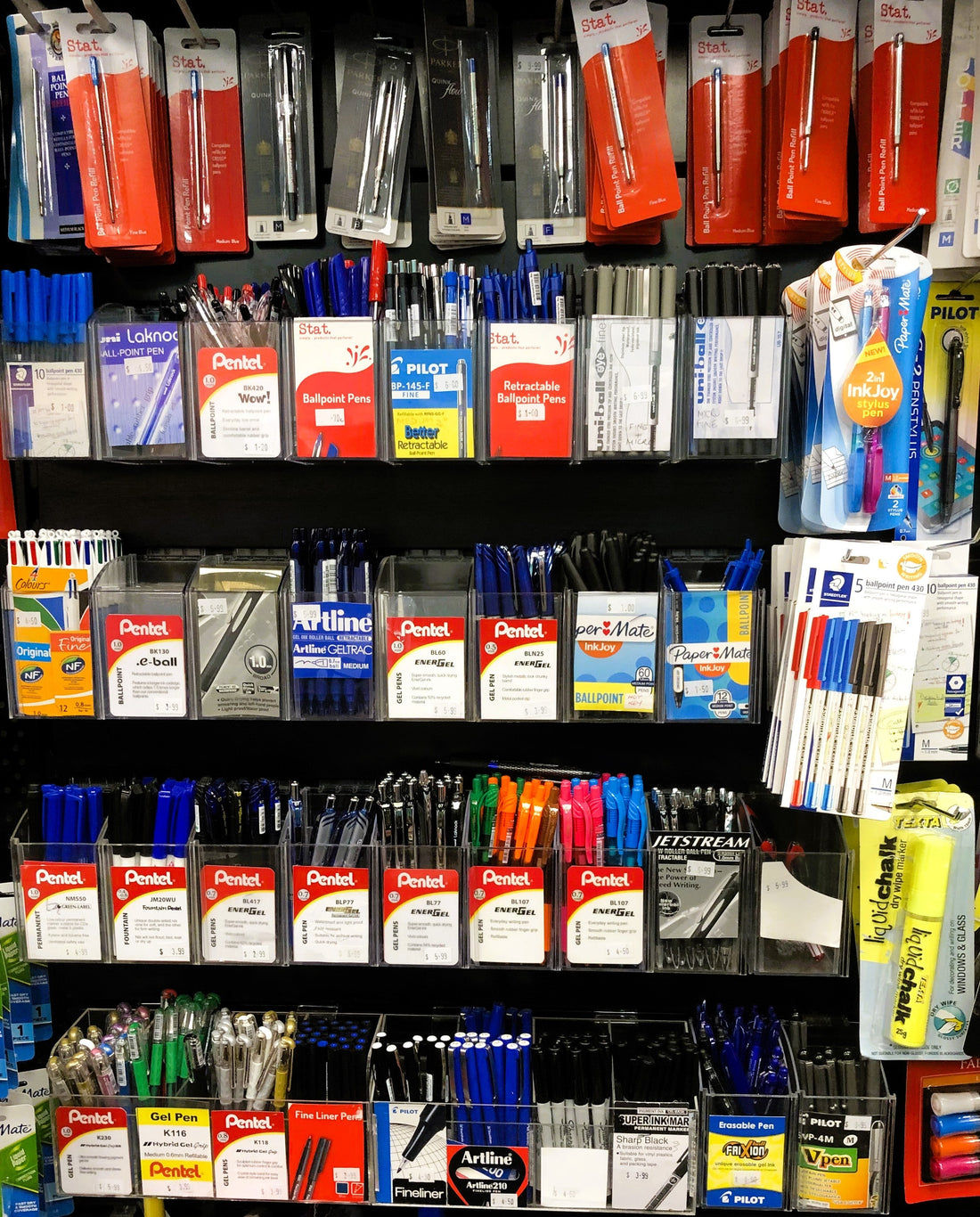
The Enduring Revolution of the Ballpoint Pen and the Value of Handwriting Today
Share
The ballpoint pen truly revolutionized writing, fundamentally altering how we interact with the written word. Before its widespread adoption, fountain pens were the dominant writing tool, but they came with a host of frustrations. They were notoriously messy, prone to leaks that could ruin documents and clothing, and easily smudged, a particular bane for left-handed writers who often dragged their hands across wet ink. Their slow-drying ink demanded careful handling, and the constant need for refilling from inkwells made them cumbersome and inconvenient for many situations.
The arrival of a practical and widely available ballpoint pen was nothing short of a revelation. While the concept of a ballpoint mechanism existed in earlier patents—John J. Loud's 1888 design, for instance, aimed at marking rough surfaces like leather—it was the Hungarian brothers László and György Bíró who, in the late 1930s, perfected the design. They developed a truly functional ballpoint pen combined with a suitable, quick-drying ink that prevented smudging and leakage. This innovation transformed writing from a cumbersome, often messy task into a clean, convenient, and universally accessible act. No longer were writers tethered to inkwells or plagued by blotchy pages; the ballpoint offered instant, reliable script on almost any surface. This newfound ease dramatically increased the speed and efficiency of written communication, playing a significant role in business, education, and personal correspondence.
Even in our increasingly digital world, the act of handwriting documents and notes retains significant value. Despite the pervasive nature of keyboards and touchscreens, putting pen to paper offers unique cognitive and practical benefits. For one, studies have shown that taking notes by hand can lead to better information retention and deeper understanding. The slower, more deliberate process of handwriting forces us to synthesize and summarize information, rather than simply transcribing it verbatim as is often the case with typing. This active processing engages different parts of the brain, leading to stronger memory encoding.
Furthermore, handwriting can foster creativity and critical thinking. The tactile experience of a pen gliding across paper, the formation of individual letters, and the freedom to doodle or draw connections visually can unlock new ideas and perspectives that might not emerge when typing. For many, the physical act of writing is a more personal and reflective experience, allowing for a deeper connection with their thoughts.
Beyond cognitive benefits, there's a practical and aesthetic appeal to handwritten notes and documents. A handwritten letter or card carries a personal touch that a typed message often lacks, conveying sincerity and effort. For quick jottings, brainstorming sessions, or simply signing documents, the immediacy and simplicity of a pen and paper remain unmatched. The ballpoint pen, born out of a need for convenience, continues to serve as a vital tool that bridges the gap between our analog past and our digital present, reminding us that sometimes the simplest tools yield the most profound results.
Do you find yourself still reaching for a pen and paper, or has digital note-taking completely replaced your handwriting habits?
